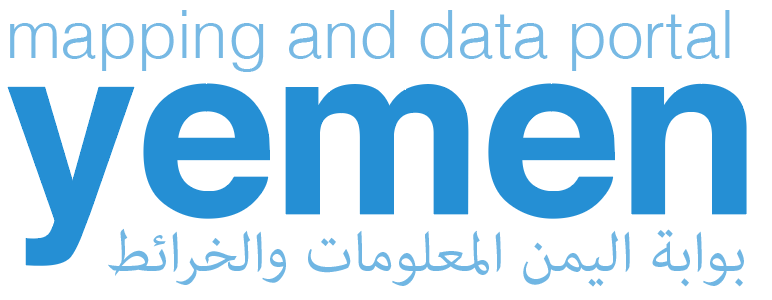Urban Profiling Methodology
Urban profiles describe and analyse cities across the 7 pillars of the regionally defined “Urban Recovery Framework”. Using an area-based approach, each individual section paints a picture through the latest available data. These are then synthesized to provide the most up-to-date holistic information backed by contextual information and analysis. The aim of the profile is twofold. First, it provides partners with the widest possible canvas to support future rehabilitation plans and prioritization of investments. Second, it assists them in their operational programming and strategic policy development. Urban profiling rests on different sets of elements and pillars, which jointly provide an integrated analysis that assess the city’s capacities as well as its population’s needs. The main elements of urban profiling – in bold – are discussed below:
1. Secondary Data Review
Secondary data draws on available publications and media to create a context-specific background of information on pre- and post- conflict trends and baselines, against which the full array of primary data is weighed. This provides a better understanding of focal events in the city’s own history, thus allowing the triangulation of analysis with primary data results.
2. Primary Data Collection
Background contextual evidence and area analysis are insufficient material that do not fully capture individual and community experiences. Therefore, a series of structured interviews are conducted different stakeholders from a variety of fields to obtain both intersectoral and people-centered data.
Sector Experts/ KIs
In each city, current or retired government officials, professionals, business leaders, NGOs staff, economic stakeholders were identified and selected as key informants because of their practical experience and knowledge of the city. Intersectoral interviews were conducted focusing on education, healthcare, access to services, housing, the city’s infrastructure, safety and security, and the like.
CFPs
In each city, community leaders and elders were identified and selected for interviews because of their long-standing ties to and knowledge of their community needs. Themselves residents representing a geographically distinct locality – a block, neighborhood, or a district – the CFPs are ideally suited to provide accurate, people- centered, answers about their community needs, as well as about the quality, availability, and accessibility to basic services. To ensure the widest possible city-wide coverage, the selected CFPs are those who represent the largest number of the HHs and enjoy ties to the city’s government.
Focus Groups Discussion (FGD)
Unstructured focus group discussions were held, with an average of 17 residents per group. The discussions sought to obtain answers that touch upon everyday life and individual experiences across the seven pillars.
Asset Verification
Observational data was collected on a variety of municipal public assets, like facilities, roads, schools, hospitals and the like. The primary objective is to gather information and quantify the degree of damage that asset has suffered and assess its operational capacity. Sectors include governance; WASH; solid waste management, energy, health, education, communications, cultural heritage and transportation.
3. Remote Sensing
Satellite imagery provides accurate assessment of the degree of physical damage inflicted on infrastructure and services, comparing pre-crisis to current imagery.The GIS tools provided a comparative pre- and post- conflict analysis on land use classification and damage assessments per district.
